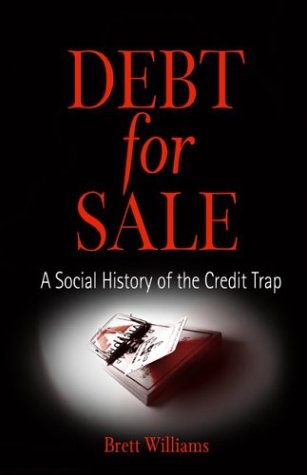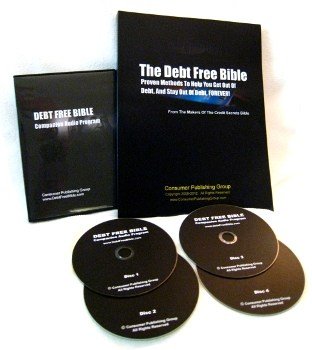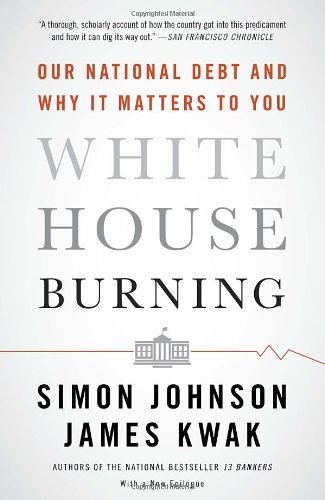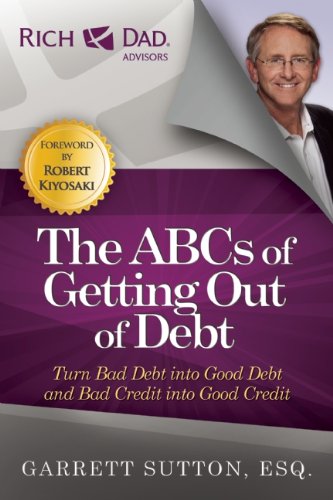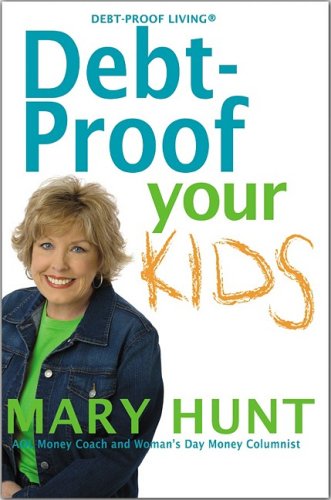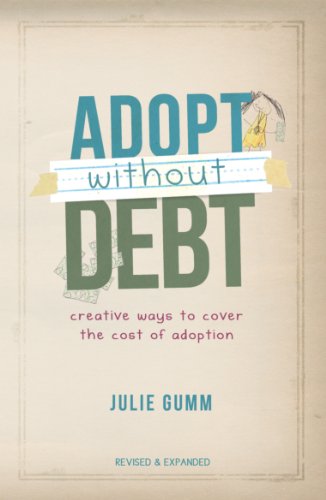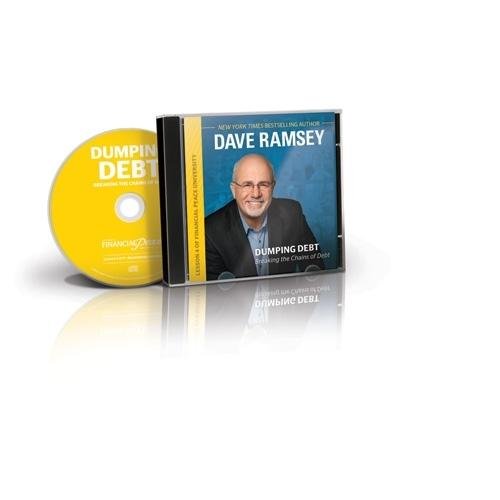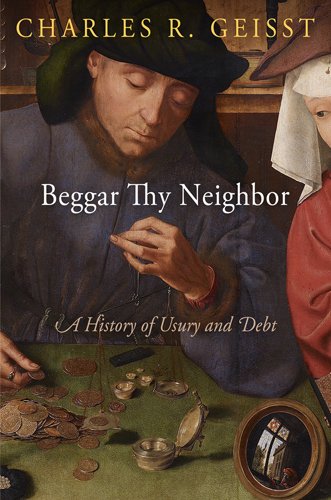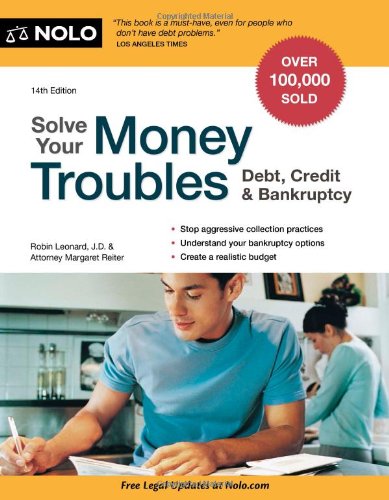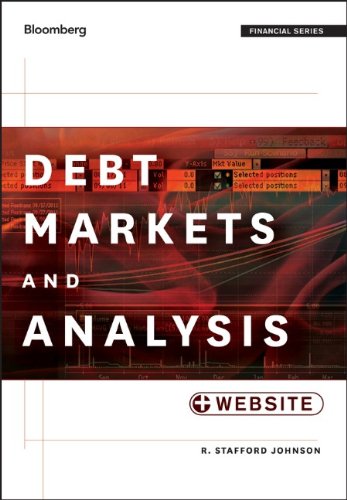[Debt] Videos
Credit and debt appear to be natural, permanent facets of Americans’ lives, but a debt-based economy and debt-financed lifestyles are actually recent inventions. In 1951 Diners Club issued a plastic card that enabled patrons to pay for their meals at select New York City restaurants at the end of each month. Soon other “charge cards” (as they were then known) offered the convenience for travelers throughout the United States to pay for hotels, food, and entertainment on credit. In the 1970s the advent of computers and the deregulation of banking created an explosion in credit card use—and consumer debt. With gigantic national banks and computer systems that allowed variable interest rates, consumer screening, mass mailings, and methods to discipline slow payers with penalties and fees, middle-class Americans experienced a sea change in their lives.
Given the enormous profits from issuing credit, banks and chain stores used aggressive marketing to reach Americans experiencing such crises as divorce or unemployment, to help them make ends meet or to persuade them that they could live beyond their means. After banks exhausted the profits from this group of people, they moved into the market for college credit cards and student loans and then into predatory lending (through check-cashing stores and pawnshops) to the poor. In 2003, Americans owed nearly $8 trillion in consumer debt, amounting to 130 percent of their average disposable income. The role of credit and debt in people’s lives is one of the most important social and economic issues of our age.
Brett Williams provides a sobering and frank investigation of the credit industry and how it came to dominate the lives of most Americans by propelling the social changes that are enacted when an economy is based on debt. Williams argues that credit and debt act to obscure, reproduce, and exacerbate other inequalities. It is in the best interest of the banks, corporations, and their shareholders to keep consumer debt at high levels. By targeting low-income and young people who would not be eligible for credit in other businesses, these companies are able quickly to gain a stranglehold on the finances of millions. Throughout, Williams provides firsthand accounts of how Americans from all socioeconomic levels use credit. These vignettes complement the history and technical issues of the credit industry, including strategies people use to manage debt, how credit functions in their lives, how they understand their own indebtedness, and the sometimes tragic impact of massive debt on people’s lives.
Product Features
- ISBN13: 9780812238174
- Condition: New
- Notes: BRAND NEW FROM PUBLISHER! 100% Satisfaction Guarantee. Tracking provided on most orders. Buy with Confidence! Millions of books sold!
Do you ever feel TRAPPED by your DEBT?
If you’re looking for the FASTEST WAY OUT then the Debt Free Bible is your roadmap to freedom and here’s why; unlike other “get out of debt programs”
the Debt Free Bible doesn’t force you to use a single system or strategy. Why?
Because financial experts know there is no ONE SYSTEM to become debt free which will work best for everyone. So the Debt Free Bible gives you over
“19 Get Out of Debt Strategies” in ONE Manual (+4 Audio CD’s). It may be hard to believe, but we spent nearly 2 years and over $25,000
developing the Debt Free Bible.
Here’s just a little of what you’ll discover in the 287 pg Manual (+4 Audio CD’s):
• 43 places you can find UNCLAIMED MONEY to get out of debt fast! (page 253)
• Use the “Method Matrix” to compare 19 get out of debt methods and pick the best one (page 222)
• Discover how to get one bank pay off another bank with the “IR Method” (page 163)
• How to use the “Overflow Method” pay off any debt faster (page 159)
• How to pay off your bills FASTER with no extra money using the “RR Strategy” (page 167)
• Why the “LBF Technique” gives you a psychological advantage to become debt free (page 169)
• Why the “HIF Method” should be used FIRST on debts over 24% interest (page 171)
• How the “Division Method” and a calculator can get you debt free 8 YEARS SOONER (page 173)
• Pay off your mortgage in only 6 YEARS with the “AP Strategy” (page 191)
• A clever way to use your debt like a checking account with the “Deposit Method” (page 193)
• Use the “Float Technique” to loan yourself money to get out of debt FAST (page 197)
• And much more!
Product Features
- 287 Page Manual
- Four Interactive One Hour Audio CD’s
- NOTE: The “Debt Free Bible” is only a small part of the more expensive “Debt Free Bible System” which covers Debt Negotiation Strategies
From the authors of the national bestseller 13 Bankers, a chilling account of America’s unprecedented debt crisis: how it came to pass, why it threatens to topple the nation as a superpower, and what needs to be done about it.
With bracing clarity, White House Burning explains why the national debt matters to your everyday life. Simon Johnson and James Kwak describe how the government has been able to pay off its debt in the past, even after the massive deficits incurred as a result of World War II, and analyze why this is near-impossible today. They closely examine, among other factors, macroeconomic shifts of the 1970s, Reaganism and the rise of conservatism, and demographic changes that led to the growth of major—and extremely popular—social insurance programs. What is unquestionably clear is how recent financial turmoil exacerbated the debt crisis while creating a political climate in which it is even more difficult to solve.
In difficult times, debt can be a matter of life and death, happiness and despair. Controlling your debt can bring order and calm. Mastering debt can bring wealth and success. As bestselling Rich Dad/Poor Dad author Robert Kiyosaki says, ?Good debt makes you rich and bad debt makes you poor.”
The ABCs of Getting Out of Debt provides the necessary knowledge to navigate through a very challenging credit environment. A Rich Dad’s Advisor and best selling author of numerous business books, Garrett Sutton, Esq. clearly writes on the key strategies readers must follow to get out of debt. Unlike other superficial offerings, Sutton explores the psychology and health effects of debt. From there, the reader learns how to beat the lenders at their own game, and how to understand and repair your own credit. Using real life illustrative stories, Sutton shares how to deal with debt collectors, avoid credit scams, and win with good credit.
?The reason Garrett Sutton’s book is so important is that like it or not, debt is a powerful force in our world today. The financially intelligent are using debt to enrich themselves while the financially uneducated are using debt to destroy their lives.”- Robert Kiyosaki
The times call for a book that offers hope and education on mastering credit and getting out of debt.
What grade would you give your parents for how well they prepared you to manage your finances? What grade will your kids give you someday? At best you have 18 years to teach your kids how to manage money skillfully. So how do you accomplish this overwhelming challenge? Don’t panic! Everything you need to get the job done is right here in this book. Think it’s too late to debt-proof your kids? It’s only too late if you don’t start NOW!
In 2000, Julie and her husband, Mark, declared war on their debt credit cards, student loans, cars and the house. Seven years later, as they wrote the check for their last mortgage payment, God called them to adopt two children from Ethiopia. A few months later, with their income unexpectedly cut by two-thirds, they wondered if they could finish the adoption without crossing back over into the red.
When they brought Wendemagegn and Beza home 12 months later, Julie and her husband proved debt-free adoption is possible!
Passionate about helping others achieve their adoption dream, Julie shares how to find extra money in your household budget, apply for grants, and fundraise in order to build your family without saddling it with debt.
With over $80,000 worth of creative fundraising ideas from more than 30 adoptive families, the second edition of Adopt Without Debt shows you how to fulfill your adoption dream without signing away your financial freedom.
In this core Financial Peace University lesson, Dave shows you how to become debt free as he walks you through the necessary steps and details of dumping debt with the Debt Snowball method.
The practice of charging interest on loans has been controversial since it was first mentioned in early recorded history. Lending is a powerful economic tool, vital to the development of society but it can also lead to disaster if left unregulated. Prohibitions against excessive interest, or usury, have been found in almost all societies since antiquity. Whether loans were made in kind or in cash, creditors often were accused of beggar-thy-neighbor exploitation when their lending terms put borrowers at risk of ruin. While the concept of usury reflects transcendent notions of fairness, its definition has varied over time and place: Roman law distinguished between simple and compound interest, the medieval church banned interest altogether, and even Adam Smith favored a ceiling on interest. But in spite of these limits, the advantages and temptations of lending prompted financial innovations from margin investing and adjustable-rate mortgages to credit cards and microlending.
In Beggar Thy Neighbor, financial historian Charles R. Geisst tracks the changing perceptions of usury and debt from the time of Cicero to the most recent financial crises. This comprehensive economic history looks at humanity’s attempts to curb the abuse of debt while reaping the benefits of credit. Beggar Thy Neighbor examines the major debt revolutions of the past, demonstrating that extensive leverage and debt were behind most financial market crashes from the Renaissance to the present day. Geisst argues that usury prohibitions, as part of the natural law tradition in Western and Islamic societies, continue to play a key role in banking regulation despite modern advances in finance. From the Roman Empire to the recent Dodd-Frank financial reforms, usury ceilings still occupy a central place in notions of free markets and economic justice.
Product Features
- Used Book in Good Condition
Feeling overwhelmed by your debts? If you’re ready to regain your financial freedom, feeling the squeeze of the housing bust or simply get smarter about managing your money, you’ll find everything you need in this complete guide. Solve Your Money Troubles shows you how to:
. prioritize debts
. create a budget
. negotiate with creditors
. stop collector harassment
. challenge wage attachments
. contend with repossessions
. respond to creditor lawsuits
. qualify for a mortgage
. rebuild credit
. decide if bankruptcy is the right option for you
To make the process easier, Solve Your Money Troubles includes sample letters to creditors, as well as worksheets and charts to calculate your debts and expenses.
An accessible guide to the essential elements of debt markets and their analysis
Debt Markets and Analysis provides professionals and finance students alike with an exposition on debt that will take them from the basic concepts, strategies, and fundamentals to a more detailed understanding of advanced approaches and models.
Strong visual attributes include consistent elements that function as additional learning aids, such as: Key Points, Definitions, Step-by-Step, Do It Yourself, and Bloomberg functionalityOffers a solid foundation in understanding the complexities and subtleties involved in the evaluation, selection, and management of debtProvides insights on taking the ideas covered and applying them to real-world investment decisions
Engaging and informative, Debt Markets and Analysis provides practical guidance to excelling at this difficult endeavor.
Product Features
- Used Book in Good Condition
